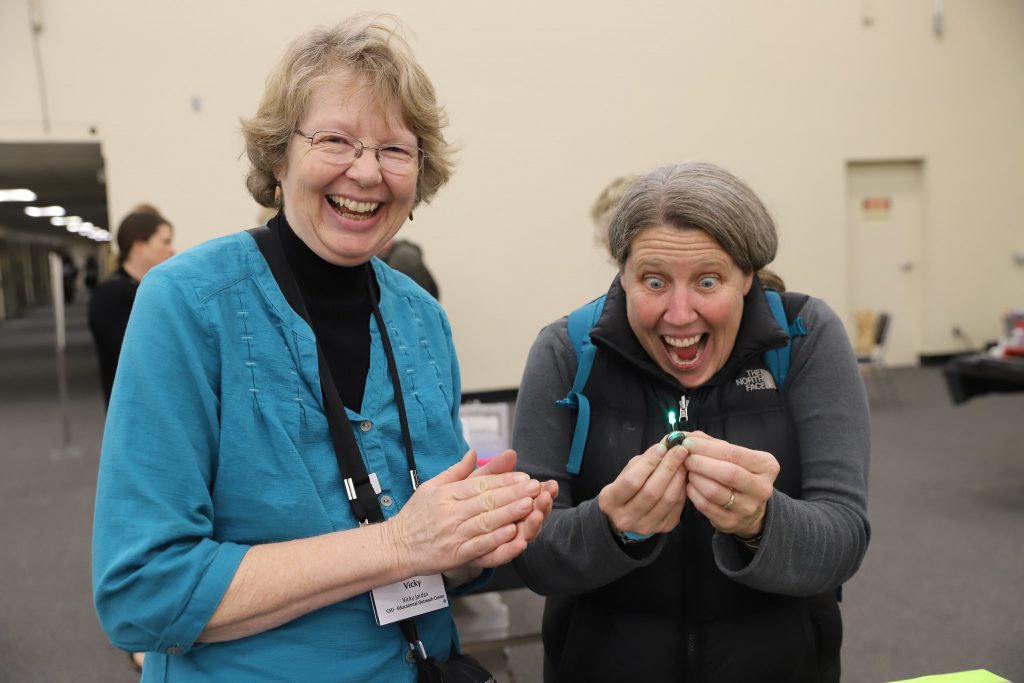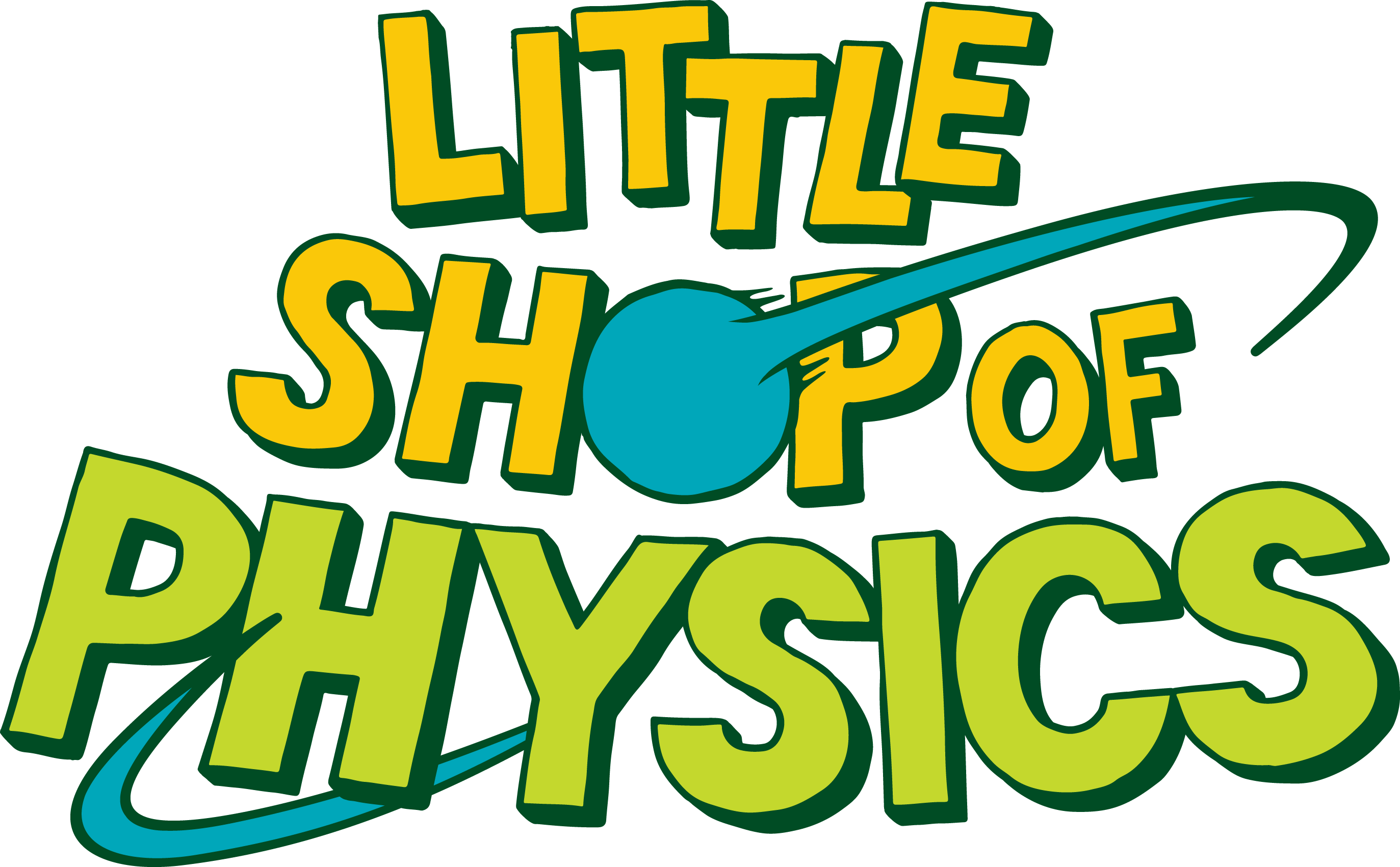Description
In this course, we’ll review some basic physics principles (conservation of energy, the electromagnetic spectrum, modes of energy transfer) and then explore how these principles explain the operation of the Earth’s weather and climate. Why is it hotter in the summer than in the winter? Why do thunderstorms happen in the afternoon? Why do we get a spate of warm weather after the first killing frost?
This is a course put together by teachers for teachers. Your instructors will be the Little Shop of Physics team at Colorado State University. We’ll meet virtually, over Zoom, but this will be an active class. We’ll spend most of our time exploring, experimenting, and discussing. You’ll point an infrared thermometer at the sky, and discuss what the temperature you measure tells you. You’ll use a special filter to let your phone’s camera see beyond the rainbow, into the infrared, and discuss what this new view of the world tells us. You’ll learn how to make a cloud in a bottle, and how to use a flashlight or a laser pointer to measure the size of the cloud droplets (and learn why, sometimes, there is a rainbow halo around the moon).

PSD is providing instructional materials for each teacher taking part; PSD is also covering the cost of academic credit. (Thanks to Laura Grissom!)
Teachers taking part will receive:
- Equipment. Infrared thermometers, infrared filters, reusable heat packs, and more. You’ll receive equipment for doing dozens of investigations during the class.
- Instructional materials. We will share guides for doing investigations with your classes, as well as slides for each day of material.
- Credit. You will receive 1 credit of NS 596: Group Study: The Science of Weather and Climate
Participants are expected to:
- Be present for, and participate in, each class session.
- Complete a (short) writing exercise each day.
- Create a final project explaining how you can use the course material in your own classes
Details
The course will meet on 5 Thursday evenings, for 3 hours per session:
- Thursday, February 4, 5:00 – 8:00 PM
- Thursday, February 18, 5:00 – 8:00 PM
- Thursday, March 4, 5:00 – 8:00 PM
- Thursday, March 25, 5:00 – 8:00 PM
- Thursday, April 1, 5:00 – 8:00 PM
Each class will be a mix of experimentation, discussion, and explanation.
Signing Up
You will need to sign up for CSU credit to take part in this course. Here is a link to the CSU registration page:
Schedule
Links will be live shortly before the course begins
Day 1: Energy & the EM spectrum
- Zoom link: https://zoom.us/j/92574585808
- Outline of day’s activities with links to documents
- Link to upload daily writing assignment
Day 2: Energy in the Earth System
- Zoom link: https://zoom.us/j/92574585808
- Outline of day’s activities with links to documents
- Link to upload daily writing assignment
- Link to recording of class: https://zoom.us/rec/share/kTw039tukav9CaJgsIv8leZjUIUFIPws7CpGcb2szdf5NzqYv0ziK3eJuEVxD1Q0.w2W2Sb-_8GGvZrh6 Passcode: F.6aCrgu
Day 3: Air, Water & Clouds
- Zoom link: https://zoom.us/j/92574585808
- Outline of day’s activities with links to documents
- Link to upload daily writing assignment
Day 4: Weather: Local and Global
- Zoom link: https://zoom.us/j/92574585808
- Outline of day’s activities with links to documents
- Link to upload daily writing assignment
Day 5: Climate and Climate Change
- Zoom link: https://zoom.us/j/92574585808
- Outline of day’s activities with links to documents
- Link to upload daily writing assignment
- Zoom recording
For More Information
For questions about eligibility and reserving your place, contact Laura Grissom.
For questions about course content and CSU credit, contact Brian Jones.



